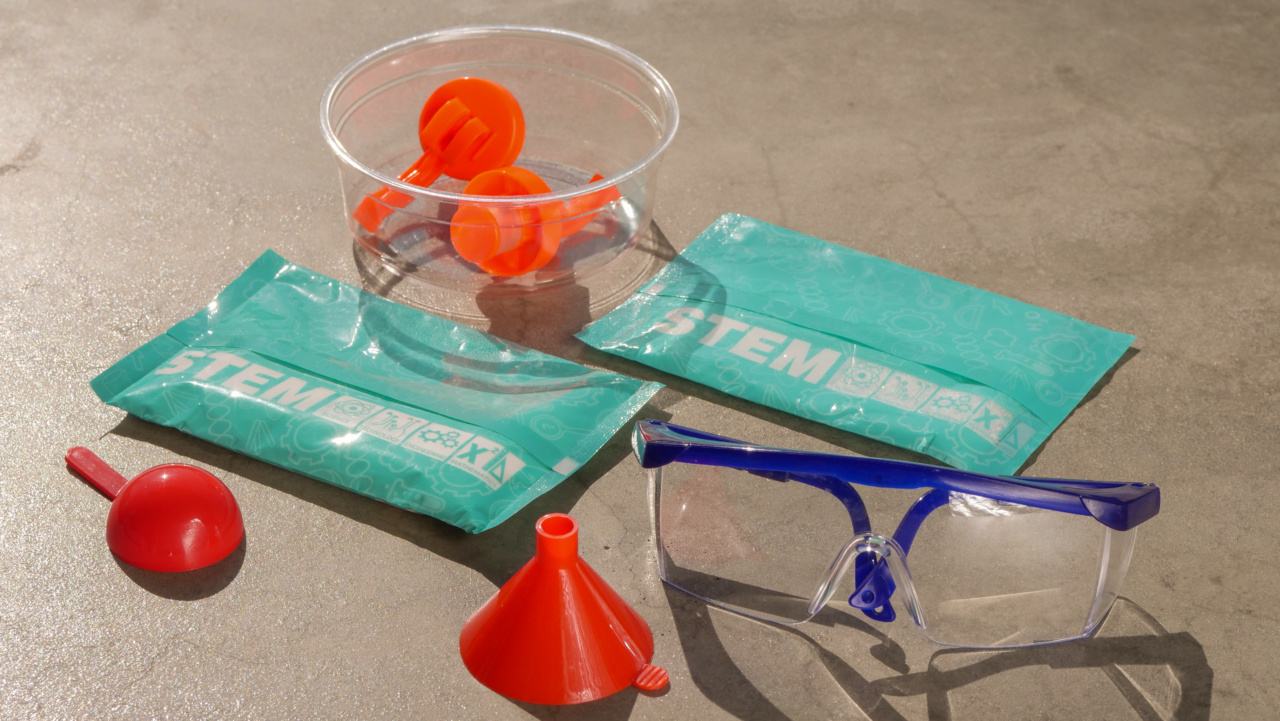Stem cell therapy has emerged as a game-changer in the field of sports medicine. This revolutionary treatment approach offers athletes and sports enthusiasts a chance to heal faster, recover better, and even prevent injuries.
Stem cells, with their unique regenerative properties, are transforming the landscape of sports medicine, leading to improved performance and prolonged careers for athletes. In this article, we will explore how stem cells are changing the game of sports medicine.
Understanding Stem Cells
Before delving into the impact of stem cells in sports medicine, it is essential to understand what stem cells are.
Stem cells are undifferentiated cells with the remarkable ability to differentiate into various cell types and divide to replenish themselves. They can be harvested from various sources, including bone marrow, adipose tissue, and umbilical cord blood.
Enhanced Healing and Tissue Repair
One of the key ways stem cells are transforming sports medicine is through their ability to enhance healing and tissue repair.
When athletes suffer injuries like torn ligaments, damaged cartilage, or muscle sprains, the traditional approach often involved rest, physical therapy, or even invasive surgeries. However, with stem cell therapy, the body’s natural healing process is accelerated, allowing athletes to regain function and get back into the game sooner.
Preventing Injuries
Another significant impact of stem cells in sports medicine is their potential to prevent injuries. Athletes put immense strain on their bodies, which can lead to overuse injuries or chronic conditions.
With stem cell therapy, these risks can be minimized. By using stem cells to reinforce weak or damaged tissues, athletes can improve their biomechanics and reduce the likelihood of injuries. This preventive approach is especially beneficial for athletes with a history of recurring injuries.
Reduced Recovery Time
Recovering from surgeries or injuries has always been a challenge for athletes. Lengthy recovery times can significantly impact an athlete’s career, often causing frustration and hindering their overall performance.
Stem cell therapy offers a solution to this problem by reducing recovery time. Stem cells promote tissue regeneration and repair, allowing athletes to return to their training routines and competitive sports much faster.
Performance Enhancement
Stem cells have also been explored for their potential in enhancing athletic performance.
While the ethical implications of these applications are still being debated, there is growing evidence suggesting that stem cells may play a role in improving endurance, strength, and overall performance. This potential application of stem cell therapy could revolutionize sports by pushing the boundaries of human capabilities.
Orthopedic Applications
Stem cells have found substantial utility in various orthopedic applications within the realm of sports medicine. They have proven to be effective in treating conditions such as osteoarthritis, tendinitis, and ligament injuries.
Stem cell therapy can stimulate the repair of damaged cartilage, reduce inflammation, and improve joint function. These applications have become an attractive alternative to traditional surgeries or medications for athletes seeking long-term solutions to their orthopedic issues.
Regenerative Medicine and Future Possibilities
The field of regenerative medicine, of which stem cell therapy is a key component, holds immense promise for the future of sports medicine.
As researchers continue to unravel the potential of stem cells, they are exploring new techniques and technologies to harness their regenerative power. From bioengineered tissues to targeted delivery methods, the possibilities are vast. Stem cells are expected to play a key role in tissue engineering, personalized medicine, and innovative treatment modalities.
Ethical Considerations
While the potential benefits of stem cell therapy in sports medicine are evident, ethical considerations surrounding the use of stem cells cannot be ignored.
The origin and source of stem cells, their use in performance enhancement, and equitable access to therapy are among the ethical dilemmas that need to be addressed. While regulations and guidelines exist to ensure responsible use, ongoing discussions and ethical frameworks are crucial for the ethical integration of stem cell therapy in sports medicine.
Conclusion
The advent of stem cell therapy in sports medicine marks a significant milestone in the field of sports science.
With their regenerative properties and potential to enhance healing, stem cells have revolutionized the way athletes approach injuries and recovery. Stem cell therapy holds immense promise for preventing injuries, reducing recovery time, and potentially enhancing athletic performance. While ethical considerations remain, the future looks bright for the integration of stem cells in sports medicine.































